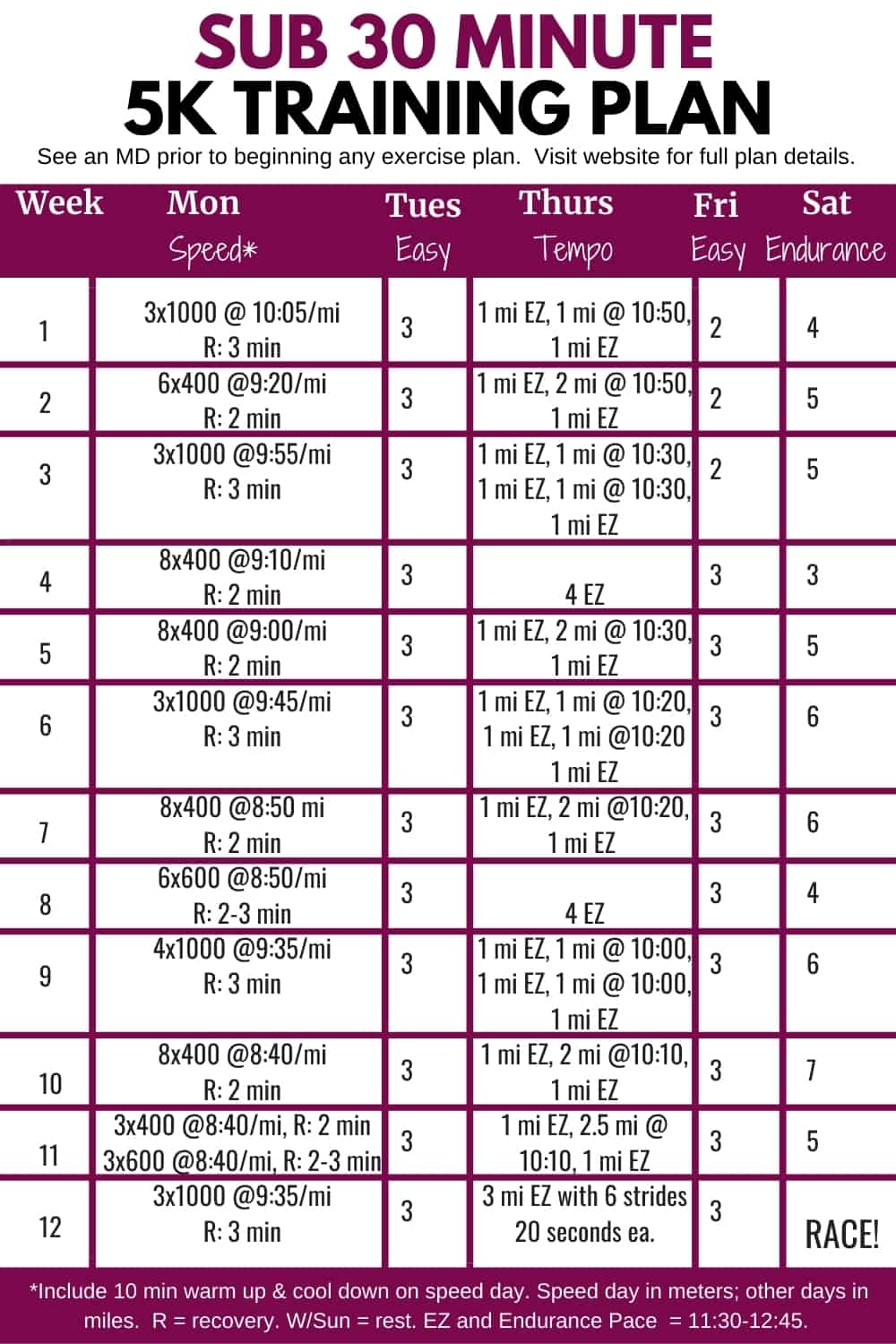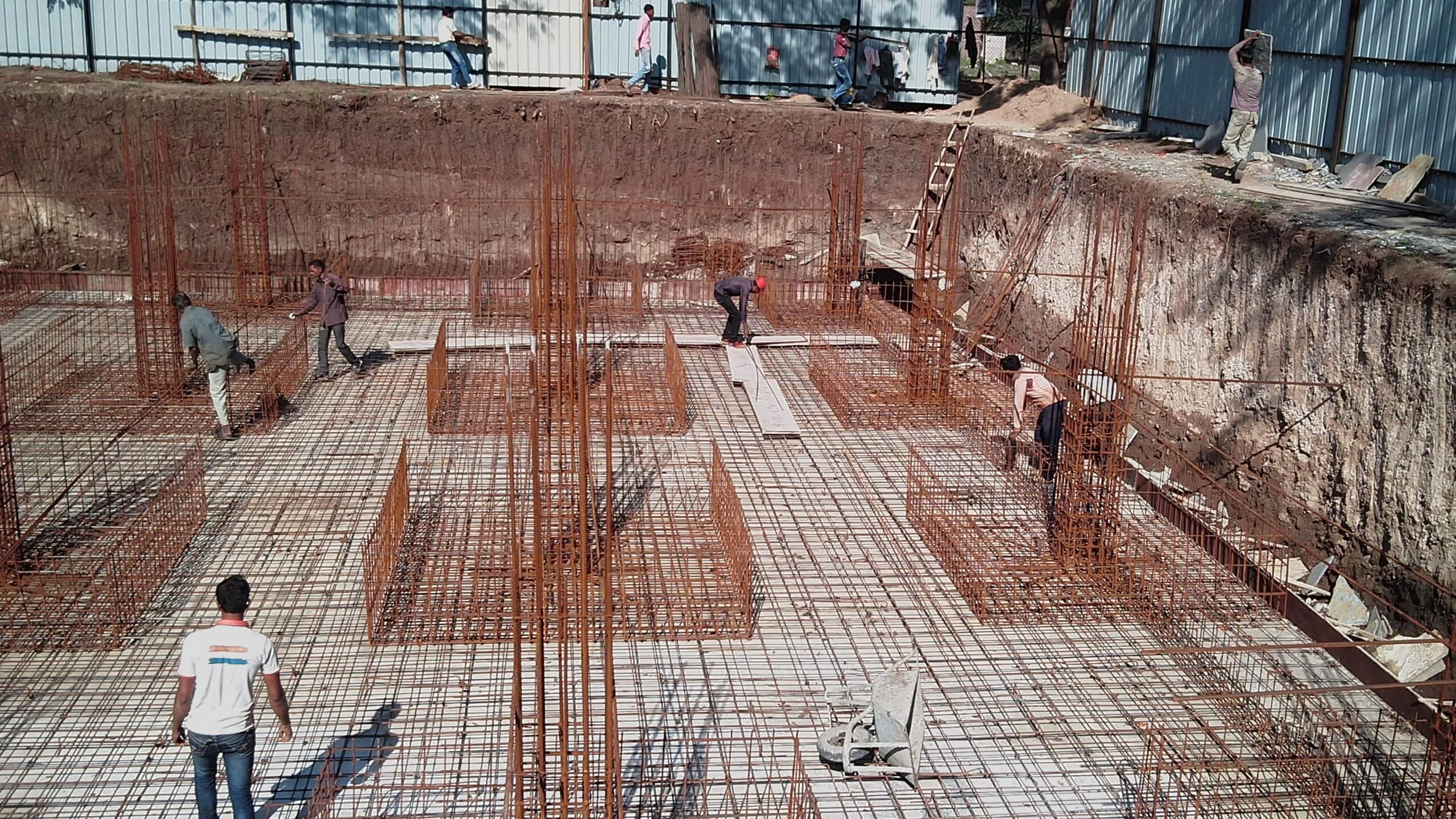Introduction: Setting the Stage for Your 5K Journey
Embarking on a 5K training plan is an exciting endeavor, and having a well-structured, 6-month strategy in place can significantly enhance your chances of success. By consistently following a comprehensive plan, you’ll not only build a solid running base but also minimize the risk of injuries and strengthen your mental fortitude. This 5K training guide is designed to help you gradually progress, maintain motivation, and ultimately, reach your goal of running a 5K race.
Understanding Your Baseline: Assessing Your Current Fitness Level
Before diving into a 6-month 5K training plan, it’s crucial to evaluate your current fitness level. By understanding your starting point, you can create a more personalized and effective training schedule tailored to your needs. Here are some tips on how to assess your running pace, endurance, and strength:
- Running Pace: Determine your comfortable jogging pace by timing yourself during a 1-mile run. Aim to complete the distance at a conversational pace, noting your time. This baseline will help you track your progress throughout the training plan.
- Endurance: Assess your endurance by measuring how long you can maintain a steady jog without needing to stop or walk. This information will help you set realistic goals for increasing your running distance during the 5K training plan.
- Strength: Test your lower body strength by performing bodyweight exercises such as squats, lunges, and calf raises. This evaluation will help you identify any weaknesses and incorporate appropriate strength training exercises into your 5K training plan.
By taking the time to assess your current fitness level, you’ll be better prepared to tackle the challenges of a 6-month 5K training plan and set yourself up for success.
Creating a Realistic Training Schedule
A well-designed 5K training plan is crucial for reaching your running goals. By incorporating essential elements such as realistic goal-setting, rest days, and cross-training activities, you can create a balanced and effective plan. Here’s a closer look at these components:
- Realistic Goals: Establish achievable milestones throughout the 6-month training plan, such as gradually increasing your running distance or improving your pace. Breaking down your goals into smaller steps will help maintain motivation and track progress.
- Rest Days: Schedule regular rest days to allow your body to recover and rebuild. Adequate rest is essential for preventing injuries and ensuring optimal performance during training sessions.
- Cross-Training Activities: Incorporate low-impact exercises like swimming, cycling, or yoga into your training schedule. Cross-training can help improve overall fitness, reduce the risk of injury, and add variety to your workouts.
By creating a realistic training schedule, you’ll be better equipped to handle the challenges of a 6-month 5K training plan and increase your chances of success.
Month 1: Building a Foundation
The first month of your 5K training plan is dedicated to establishing a solid running base, improving stamina, and preventing injuries. Here’s a breakdown of the primary objectives for this phase:
- Establishing a Running Base: Begin by alternating between walking and jogging during your workouts. Gradually increase the duration of your jogging intervals while decreasing walking breaks. This approach will help build a strong foundation for the upcoming months of training.
- Improving Stamina: Focus on gradually increasing your overall running time during each workout. Aim for a weekly improvement of 5-10%, ensuring that you don’t push yourself too hard, too quickly.
- Preventing Injuries: Prioritize injury prevention by incorporating dynamic stretches and warm-up exercises before your runs and static stretches after your workouts. Additionally, ensure that you’re wearing proper running shoes and practicing good running form.
By following this plan, you’ll lay a strong foundation for the rest of your 5K training journey, setting yourself up for success in the months to come.
Month 2: Increasing Endurance
During the second month of your 5K training plan, the focus shifts towards increasing your running distance, refining breathing techniques, and maintaining consistency. Here’s a closer look at the key objectives for this phase:
- Increasing Running Distance: Gradually extend your running distance during each workout, aiming for a weekly improvement of 10-15%. Remember to balance your progress with adequate rest and recovery.
- Proper Breathing Techniques: Practice deep, rhythmic breathing while running, inhaling through your nose and exhaling through your mouth. This technique can help improve your running efficiency and endurance.
- Consistency: Maintain a regular running schedule, aiming for at least three workouts per week. Consistency is crucial for building endurance and ensuring long-term success in your 5K training journey.
By focusing on these objectives, you’ll continue to develop your endurance and lay a solid foundation for the upcoming stages of your 5K training plan.
Month 3: Enhancing Speed and Strength
In the third month of your 5K training plan, the focus shifts towards improving your overall performance by incorporating interval training, hill repeats, and strength exercises. Here’s a closer look at the key objectives for this phase:
- Interval Training: Incorporate high-intensity interval training (HIIT) sessions into your running workouts. These sessions involve alternating between short, fast-paced runs and slower recovery periods, helping to improve your speed and cardiovascular fitness.
- Hill Repeats: Practice hill repeats to build lower body strength and power. Find a moderate-to-steep hill and run up it at a challenging pace, followed by a jog back down for recovery. Repeat this process several times to reap the benefits of hill training.
- Strength Exercises: Incorporate strength training exercises, such as squats, lunges, and calf raises, into your routine. These exercises can help improve your running efficiency, reduce the risk of injury, and enhance overall performance.
By focusing on these objectives, you’ll continue to develop your speed, strength, and overall running ability during the third month of your 5K training plan.
Month 4: Refining Technique and Pacing
During the fourth month of your 5K training plan, focus on refining your running form, practicing pacing strategies, and integrating mental preparation techniques. Here’s a closer look at the key objectives for this phase:
- Running Form: Work on improving your running form by focusing on posture, foot strike, and arm movement. A more efficient running form can help you conserve energy, reduce the risk of injury, and improve overall performance.
- Pacing Strategies: Practice maintaining a consistent pace throughout your runs, using tools like a GPS watch or smartphone app to monitor your speed. Developing a strong pacing strategy can help you conserve energy, avoid burnout, and achieve a successful 5K race-day performance.
- Mental Preparation: Integrate mental preparation techniques, such as visualization and positive self-talk, into your training routine. These strategies can help you build mental resilience, manage race-day nerves, and enhance overall performance.
By focusing on these objectives, you’ll continue to develop your running skills and prepare for a successful 5K race experience during the fourth month of your training plan.
Month 5: Tapering and Preparing for Race Day
As you enter the final month of your 5K training plan, the focus shifts towards tapering, visualization, and race-day logistics. Here’s a closer look at the key objectives for this phase:
- Tapering: Gradually reduce your running mileage during the last two weeks before the race to allow your body to recover and prepare for peak performance. Maintain a few shorter, easier runs to keep your muscles warmed up and prevent stiffness.
- Visualization: Practice visualizing yourself crossing the finish line, using positive affirmations and mental imagery to build confidence and reduce race-day anxiety. Visualization can help you stay focused, maintain a positive mindset, and perform at your best on race day.
- Race-Day Logistics: Plan your race-day schedule, including transportation, registration, and gear check-in. Prepare your race-day outfit, shoes, and accessories in advance to ensure a smooth and stress-free experience.
By focusing on these objectives, you’ll be well-prepared for a successful and enjoyable 5K race experience during the final month of your training plan.
Conclusion: Embracing the 5K Milestone and Beyond
Congratulations on completing your 6-month journey to running a successful 5K! By following this comprehensive training plan, you’ve not only developed the physical ability to complete a 5K race but also fostered a strong mental attitude and lifelong running habit. Here’s a recap of your incredible achievements:
- Established a solid running base and improved stamina during the first month.
- Increased endurance and refined breathing techniques during the second month.
- Boosted speed and strength through interval training, hill repeats, and strength exercises during the third month.
- Polished running form, pacing strategies, and mental preparation techniques during the fourth month.
- Tapered your training, practiced visualization, and prepared for race day during the final month.
As you cross the finish line of your first 5K race, remember to celebrate your accomplishments and set new goals for the future. Whether you aim to improve your time, run longer distances, or simply maintain your running habit, always remember the dedication, discipline, and perseverance that got you here. Embrace the 5K milestone and continue to enjoy the many benefits of running for years to come.









